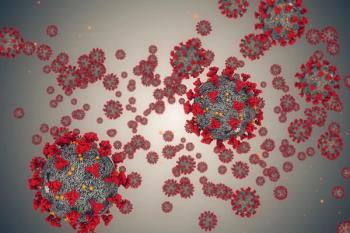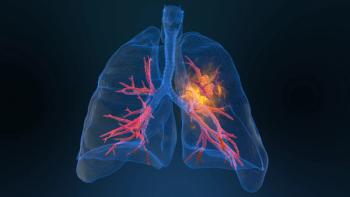
FDA Approves Liraglutide for Youth With Type 2 Diabetes
The FDA's approval of the glucagon-like peptide receptor agonist marks the first non-insulin drug approved for youth with type 2 diabetes since the approval of metformin for pediatric use in 2000.
Novo Nordisk’s liraglutide (Victoza) injection has gained FDA approval for the treatment of pediatric patients aged 10 or older with type 2 diabetes (T2D). The glucagon-like peptide (GLP-1) receptor agonist, which has been approved for adults with type 2 diabetes since 2010, is the first non-insulin drug approved for youth with T2D since the approval of metformin for pediatric use nearly 20 years ago.
In April, results of
“The FDA encourages drugs to be made available to the widest number of patients possible when there is evidence of safety and efficacy,” said Lisa Yanoff, MD, acting director of the Division of Metabolism and Endocrinology Products in the FDA’s Center for Drug Evaluation and Research,
The Ellipse trial, comprising of 134 patients aged 10 to 17, demonstrated that approximately 64% of patients taking liraglutide experienced a reduction in their glycated hemoglobin (A1C) below 7%, compared with approximately 37% of those taking placebo. These results occurred regardless of whether the patient also took insulin simultaneously.
Doses of the GLP-1 receptor agonist began at 0.6 mg and were increased to 1.2 mg or 1.8 mg, which is the FDA-approved dose for adults. Upon enrollment, patients on insulin cut their dose by 20% but were able to return to their original dose once the liraglutide dose was escalated, if necessary. At 26 weeks, A1C among patients taking liraglutide dropped 0.64 percentage points, while patients taking placebo saw their A1C increase by 0.42 percentage points.
Consistent with findings seen among adults taking the drug, pediatric patients taking liraglutide experienced more gastrointestinal problems. While adults on the drug often lose weight, there was no significant difference in body mass index among the pediatric patients at 26 weeks. While both groups of patients lost weight by week 26, just those in the liraglutide group maintained the weight loss at 52 weeks.
Adverse events (AEs) occurred more frequently among patients taking liraglutide, especially in the first 8 weeks. The most common events were nausea, vomiting, and diarrhea. A total of 9 patients experienced serious adverse events, and 6 experienced medical events of special interest. There was 1 patient who stopped taking liraglutide due to AEs.
Newsletter
Stay ahead of policy, cost, and value—subscribe to AJMC for expert insights at the intersection of clinical care and health economics.















































